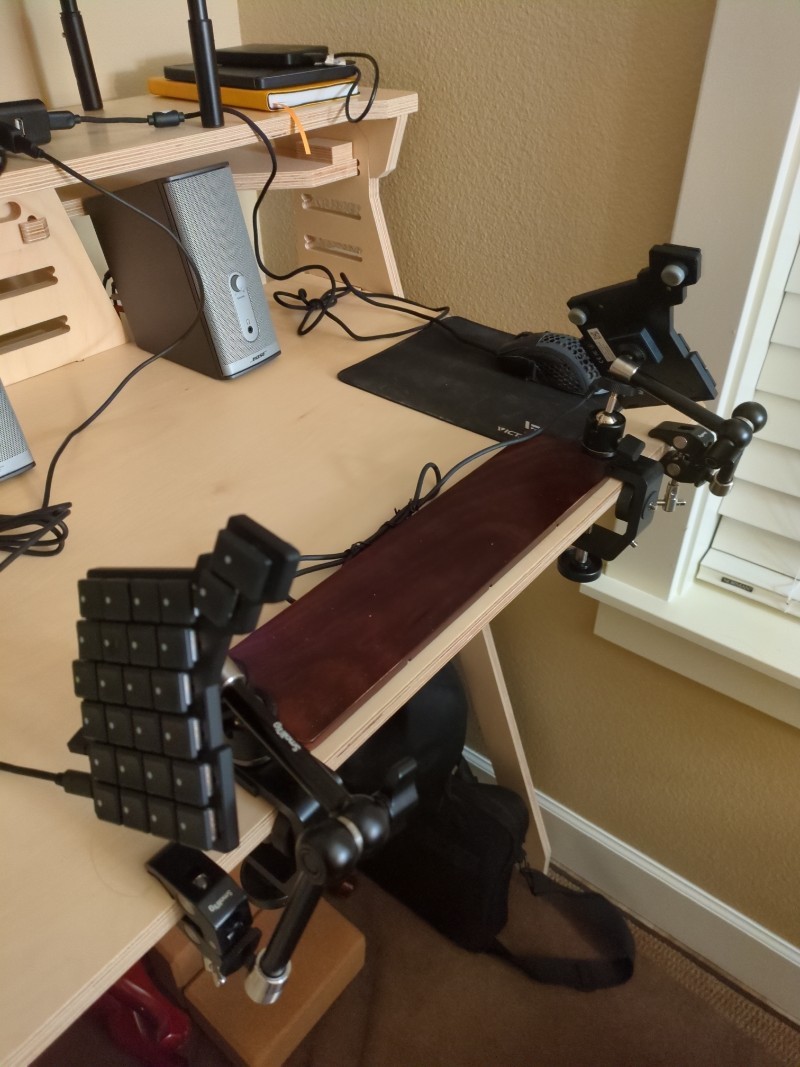

Yeah I actually use the noscript extension and i refuse to just whitelist certain sites unless I’m very certain I trust them.
I run into Anubis checks all the time and while I appreciate the software, having to consistently temporarily whitelist these sites does get cumbersome at times. I hope they make this noJS implementation the default soon.












Most of the Anubis encounters I have are to redlib instances that are shuffled around, go down all the time, and generally are more ephemeral than other sites. Because I use another extension called Libredirect to shuffle which redlib instance I visit when clicking on a reddit link, I don’t bother whitelisting them permanently.
I already have solved this on my desktop by self hosting my own redlib instance via localhost and using libredirect to just point there, but on my phone I still do the whole nojs temp unblock random redlib instance. Eventually I plan on using wireguard to host a private redlib instance on a vps so I can just not deal with this.
This is a weird case I know, but its honestly not that bad.